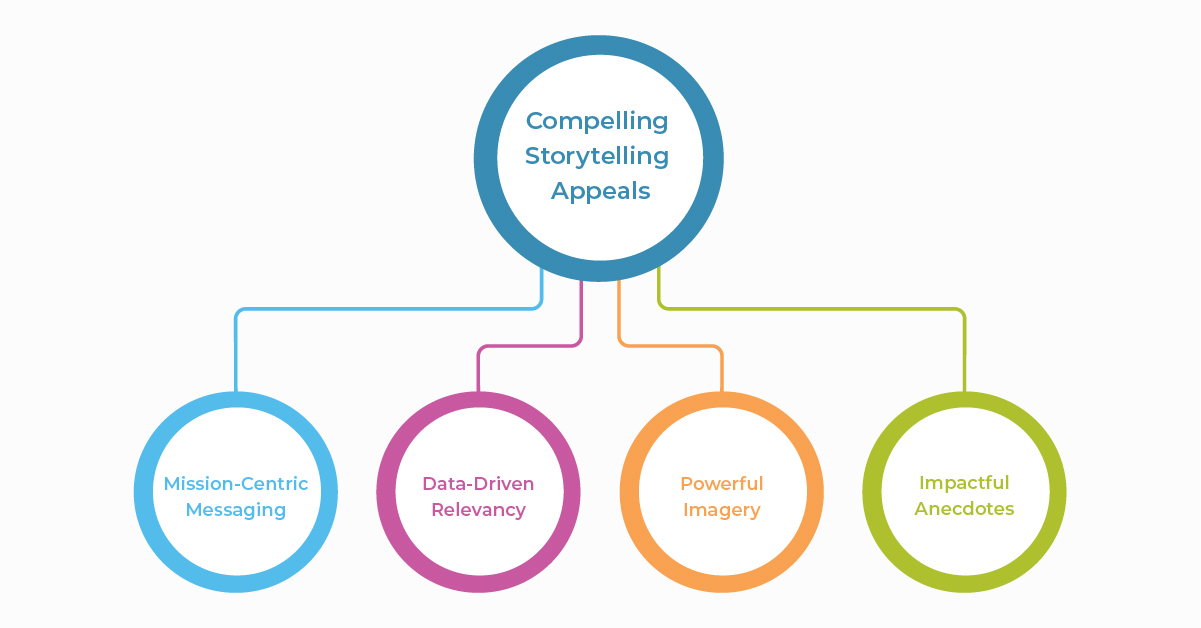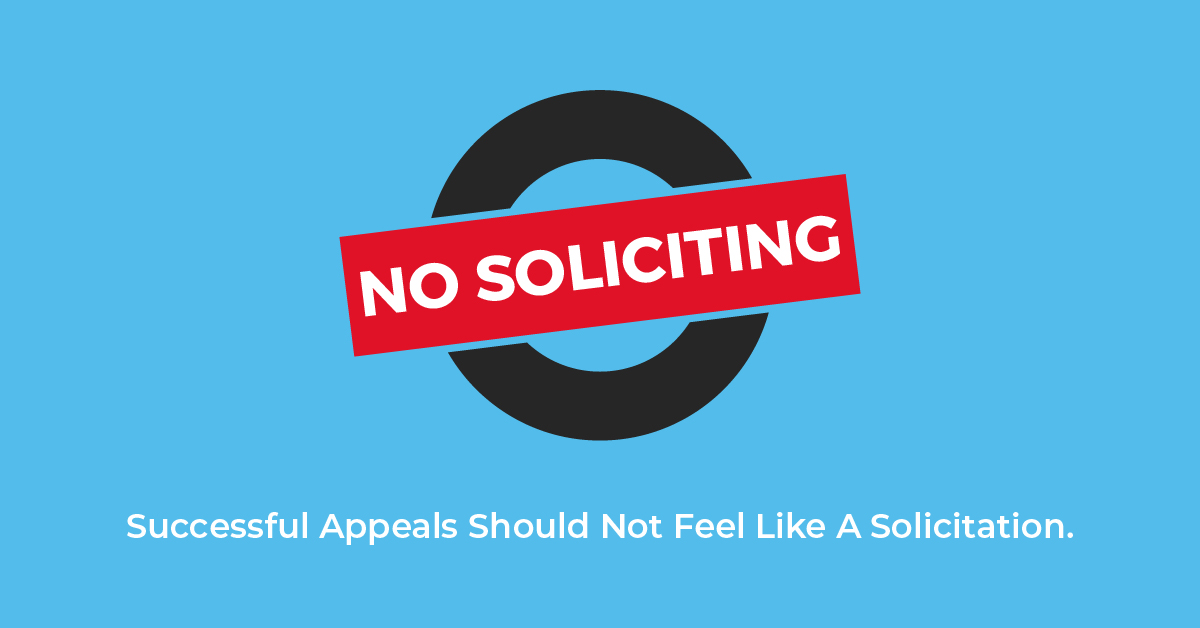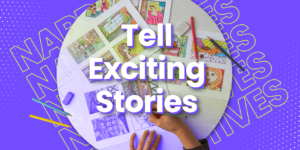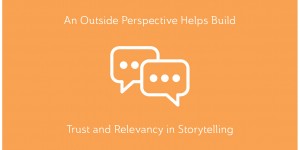Have you ever sat down to write a fundraising appeal and immediately became overwhelmed by the amount of information that you wanted to tell your audience? Don’t fall into the trap! As fundraisers, our instincts will tell us to share the pressing need for contributions and outline all the details of the campaign.
Too many nonprofits fail to think in their donor’s shoes when writing an appeal. It’s hard, but necessary, to remove yourself and think like someone who is less familiar with your organization. Next time you start to write an appeal, don’t think about what your nonprofit’s board would want to read. Instead, think about what would appeal to the recipients, the donors.
Incorporating a story into your appeal is a great way to break down the details and necessary information you want to share in a way that is attractive and easily digestible for your donor base.
To take advantage of this strategy, you will need to think from a data-driven perspective, so you can develop stories that are relevant to the individuals receiving your appeal.

Lead With a Powerful Image
We all know the saying, a picture is worth 1,000 words. When drafting an fundraising appeal, don’t just slap on any picture that looks good. Instead, you need to use an image that sets the tone for the story you will tell in the appeal.
Photos can inspire strong positive or negative emotions from your donor base. Which type you use will be dependent on the nature of your nonprofit’s work and what has appealed to donors in the past.
Sharing images that depict a tragic situation can be effective. But make sure you know your audience, so you can find the right balance between driving them to action and turning them off.
With either approach, your photos should capture the people who are impacted by your work. Photos of buildings or inanimate objects are weak compared to those that associate a human face with your cause.
Pictures of your staff members interacting with the people your nonprofit helps can be especially powerful.
The Importance of Creating Relevancy
Not every story in your appeals will have the traditional format of build-up, conflict, and resolution. Remember, with appeals, you may only have mere seconds to grab the reader’s attention and get your message across.
This means you don’t have the luxury of building up to the climax of your story. You need to start with what will grab the audience most.
For example, we worked with one of our clients, the American Institute of Chemical Engineers Foundation, on their spring appeal. The plan was to send a letter that explained how encouraging students to pursue a STEM education establishes the foundation for the future of chemical engineering.
We had to think out of the box. This wasn’t going to be the typical story explaining how a donation could provide food, clean water, or medical care to those in need.
We worked together with AIChE and decided that we could build relevancy by connecting two stories. The first would highlight a young student who discovered their interest in STEM because of the organization’s work.
We then tied her story into a young professional chemical engineer’s, to demonstrate how providing students with a STEM education could inspire them to go on to do great things.

The Story AIChE Told in the Appeal:
Our initiatives empower students like Kavya Bhatt, an 8-year old who attended the AIChE Engineering Kids Day Camp held by the University of Iowa AIChE chapter. After a day full of hands-on activities, she realized her passion to continue in STEM. Today’s Kavya might just be tomorrow’s Donna Bryant. Last summer, Donna was recognized as one of AIChE’s 35 under 35. At the young age of 27, her passion for STEM led her to chemical engineering. She now oversees a team of 26 people treating the wastewater streams for Syngenta’s St. Gabriel Plant. Your contribution helps encourage a STEM-based education to provide the groundwork for making success stories, like Donna Bryant’s, a reality for tomorrow’s engineers.
The story within this appeal helps the reader realize the power of the AIChE Foundation’s work. Connecting the two stories provides a real-world example of how the Foundation can inspire the next generation of chemical engineers by encouraging a STEM based education.
Better yet, we helped AIChE tell the story in just 116 words! Even less interested potential donors have the 30 seconds to read this story and understand the Foundation’s goal.
If they have an 8-year-old at home, this story would be particularly effective. The donor could see their own child in Kavya’s shoes. This creates an emotional connection and opens the door for a more engaging donor/organization relationship.

Do You Have the Data You Need?
The more information you have about your donors, the easier it will be for you to create relevant and engaging communications for them.
In addition to your current lead generation strategy, consider sending out a donor survey during the quiet time in between appeals. Surveys can provide you with crucial information that will give your fundraising a real boost.
When you analyze the results of your survey, consider:
- Is there common language used by your donor base? Incorporate it into appeals!
- Are there specific parts of your program they are most interested in contributing to?
- Can you ask donors if they prefer email or direct mail communications?
- Find out what has inspired them to give in the past.
Ready to Re-Think Your Appeal?
Nothing can be overlooked when designing an appeal. Everything from the feature image, to the reply card should be designed to complement the story that you will tell with the appeal and draw the reader in further.
When it comes to fundraising, it’s often the smallest details that make the biggest difference.
Remember, you are not writing this appeal to appease your nonprofit’s board.
You need to write something that appeals to the donors. Make sure you are not leaving money on the table! Start thinking of your appeals as a storytelling device, rather than just a solicitation, and watch the donations flow in!







